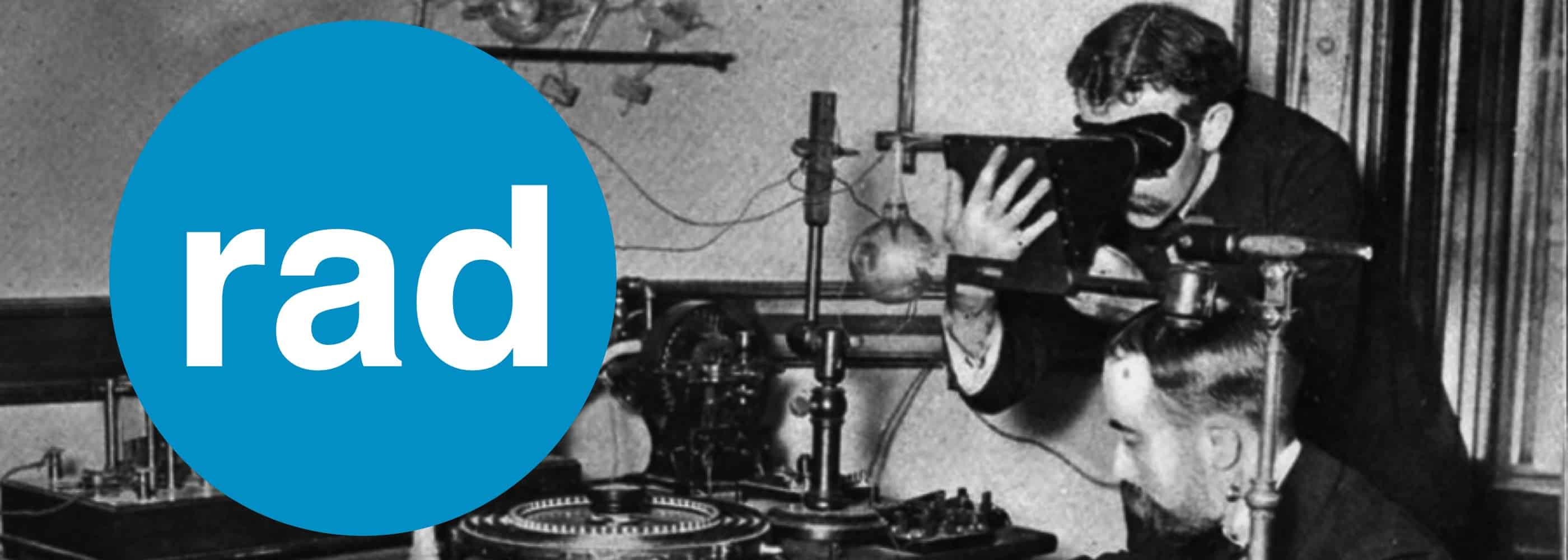Case
79yo woman brought sent in by her GP for imaging. She has new onset L sided weakness. The GP is concerned about a possible stroke.
She has a history of mild cognitive impairment, mastectomy for breast cancer 3yrs earlier, ischaemic heart disease, diabetes and obesity.
She denies any trauma. Her family state she has been more confused in the last 2 weeks, but attributed this to a recent urinary tract infection.
She has a CT scan. What are the findings? What is the next course of action?
There is a large R sided extra axial haematoma with associated midline shift. The increased density in the middle of the haematoma indicates new haemorrhage. This indicates it is in fact an acute-on-chronic bleed. Despite the biconvex shape, this is a <strong>subdural haemorrhage</strong>, since the haematoma crosses the suture lines of the skull.
Pre-existing cerebral atrophy has allowed the patient to tolerate this degree of midline shift. Her new L sided weakness likely reflects the newer onset bleed, which has exhausted her cerebral tolerance & resulted in climbing intracranial pressures.
Skeptics will think this is more likely to be an extra-dural haematoma, due to the biconvex shape. However, EDHs do not cross suture lines, while subdural haematomas can cross them. SDHs most commonly form concave layer over the brain, but can be almost any shape. An EDH would be extremely rare for this patient: she is over 60yrs old (the dura becomes more adherent to the skull with age); atraumatic EDH is a very rare occurance.
- This diagnosis needs to be discussed with the patient & her family
- Stop +/- reverse her anti-platelet agents (for her ischaemic heart disease)
- Avoid further anti-coagulation
- Discuss with neurosurgical team
Radiopaedia has a wealth of resources about SDHs:
Life in the Fast Lane has a great basic summary of traumatic brain injury.
Monro-Kellie Hypothesis
- Monro-Kellie 2.0 is Mark Wilson’s podcast from SMACC Gold (2014) on Intensive Care Network. He is a neurosurgeon who discusses the Monro-Kellie hypothesis & ICP monitoring.
- Radiopaedia’s explanation of the Monro-Kellie hypothesis, with great diagrams showing what happens with various pathologies.

























